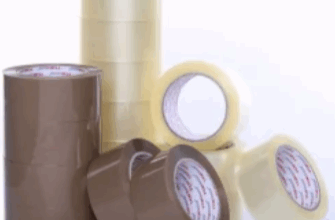
Blog Introduction: Earthquakes are a natural disaster that can cause significant destruction, making it important to be prepared for them. An earthquake kit is an essential part of your emergency plan and should include items such as water, food, medical supplies, flashlights, and more. In this article, we’ll discuss the basics of earthquake kits and what you need to know about preparing for one.
Types of Earthquake Kits
There are three main types of earthquake kits you should consider having on hand. The first type is the basic kit which is designed to sustain life in the event of an earthquake and should include items such as water, food, medical supplies, shelter materials (such as tarps), flashlights/lanterns with extra batteries, and communication devices (like a two-way radio).
The second type is the advanced kit which has additional items such as tools for clearing debris and repairing damage. This type of kit also includes additional safety equipment (like gas masks) and may even have alternative sources of power or communication like solar-powered radios or wind-up lanterns.
The third type is the ultimate kit which includes everything from both the basic and advanced kits but also contains items like first aid materials, a fire extinguisher, extra fuel tanks for heaters or stoves, backpacks/bags for carrying supplies in case you must evacuate your home, survival blankets/sleeping bags/tents for sleeping outdoors if necessary. It also includes items like rope or climbing gear if needed during an evacuation.
Essential Items For Your Earthquake Kit
No matter what kind of earthquake kit you choose to assemble there are some essential items that should be included in all three types: water; non-perishable food; personal hygiene items; medications; flashlights/lanterns with extra batteries; communication devices; shelter materials; tools for clearing debris and repairing damage; safety equipment (like gas masks); alternative sources of power or communication (like solar-powered radios or wind-up lanterns); first aid materials; a fire extinguisher; extra fuel tanks for heaters/stoves; backpacks/bags for carrying supplies if necessary during an evacuation; survival blankets/sleeping bags/tents for sleeping outdoors if necessary; rope or climbing gear. In addition to the above items, you may also want to include specialized items like a NOAA weather radio, a hand-cranked generator for charging devices, or heavy-duty work gloves. Assembling an earthquake kit is an important step in ensuring the safety and well-being of yourself and your loved ones during an emergency. Make sure to review what’s included in your kit at least once a year and replace expired items regularly. When disaster strikes it’s too late to go out shopping – be prepared ahead of time!
Conclusion: Having an earthquake kit is essential when it comes to being prepared in case of an emergency. There are three main types—basic, advanced, and ultimate—and each one contains different essential items depending on your needs. Be sure to stock up on basic necessities like water, food, medical supplies and flashlights so that you will be ready when disaster strikes. Planning ahead can help ensure that you have what you need when it matters most!


